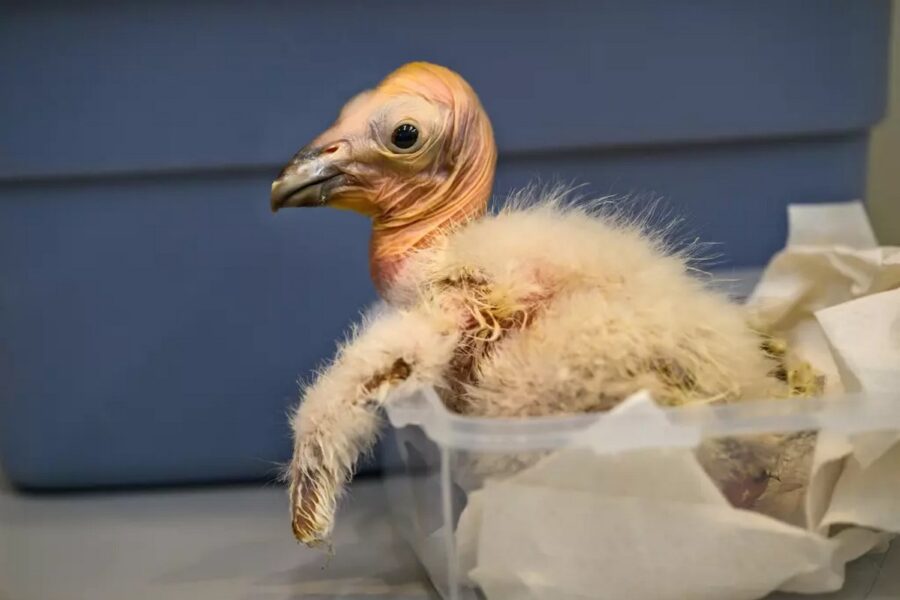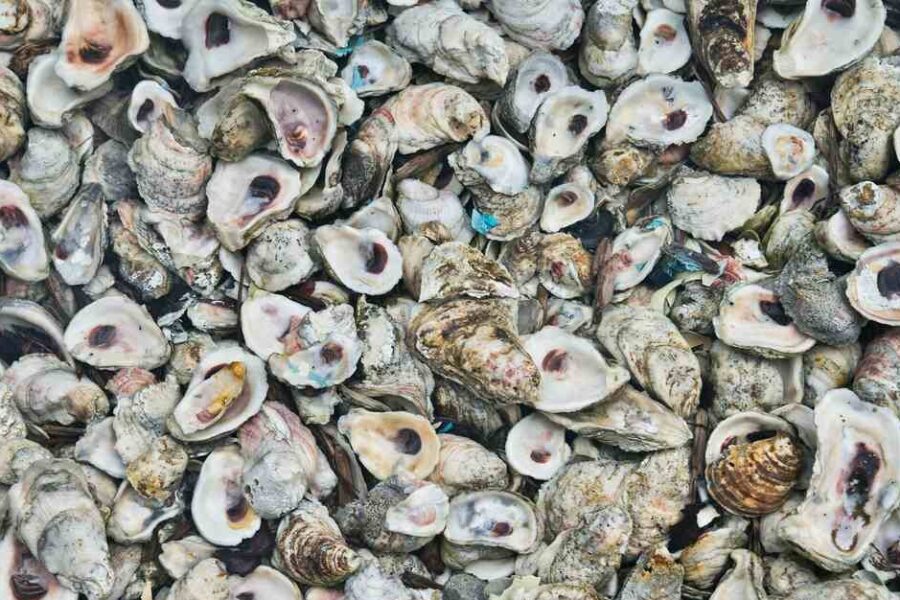Scientists from Sydney and Liverpool have made significant breakthroughs in the treatment of cobra bites. They’ve discovered that a commonly available blood thinner can serve as an antidote to cobra venom. This groundbreaking study utilized CRISPR gene modification technology to identify cells immune to snake venom. The findings could potentially save thousands of lives each year.
Cobras are part of the Elapidae family of snakes which include sea snakes, mambas, and coral snakes. In some parts of Asia and Africa, cobras are responsible for more bite deaths and amputations than any other group. Snake bites are often described as “the deadliest neglected tropical disease”, with around 140,000 people dying annually from them and another 400,000 permanently injured.
The team of researchers, led by Professor Greg Neely and PhD student Tian Du at the University of Sydney’s Charles Perkins Centre, investigated the effect of cobra venom on human cells. They found that cobra venom attacks cells directly causing necrosis, but also targets the nervous system and can affect the heart and brain. Antivenom is typically about 7 times as expensive as the average daily wage in countries where cobra bites are most prevalent.
Through their research, they discovered a cell pathway conserved in all known animal species that produces the related molecules heparan and heparin, the latter being used as a blood thinner. “Heparin is inexpensive, ubiquitous, and a World Health Organization-listed Essential Medicine. After successful human trials, it could be rolled out relatively quickly to become a cheap, safe, and effective drug for treating cobra bites,” says Tian Du.
The venom rapidly attacks the exogenous heparin, leaving the endogenous heparin and the cells containing it, intact. The team used this knowledge to turn the heparin drug into an antidote that can stop necrosis in human cells and mice by flooding the bite zone with decoy molecules.
In an interesting secondary discovery, the team hypothesized how their method could be used to find other use cases for antivenoms. In a video explainer, Professor Neely says that there aren’t many different kinds of venom across the animal kingdom, and finding a way to crack the code of one offers the chance to develop antivenoms much more rapidly.
The three-finger toxins present in cobra venom are also found in the terribly toxic blue bottle jellyfish of Australia, which the team says is next on their list for antivenom research. It was hypothesized when CRISPR first entered the public zeitgeist that it would be monopolized by wealthy industrialized nations to create a slew of aesthetic products and treatments to enhance beauty or longevity. It’s inspiring to see CRISPR be used directly for the benefit of the poorest and most vulnerable members of the world.
SHARE This Amazing Discovery And The Thousands Of Lives It Could Save…
Source: Good News Network






Leave a Comment